Microsoft will release windows 11 22h2 in the second half of this year, and the new system will come with a new task manager. This task manager is based on the current task manager. In a recent webcast, Microsoft analyzed the design and function of the new task manager, and explained why it gave up the label based interface and adopted Hamburg menu.
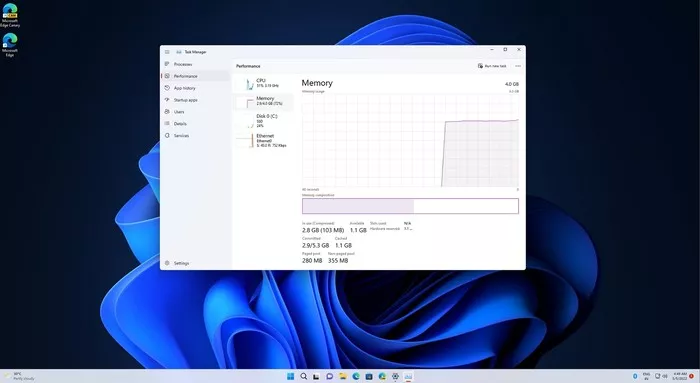
Microsoft explained that it wanted the task manager to follow the modern UI framework and the design principles of 11. In the new system, many interfaces are simple, and Microsoft hopes that the same is true for task manager.
The new task manager uses Hamburg menu, which can simplify the interface switching steps and keep the appearance and operation logic of functional areas consistent with windows 11. After clicking the hamburger menu, you can browse different function pages, or use the shortcut key "Ctrl + Tab" to quickly achieve this. The new design is very friendly to the keyboard.
Microsoft hopes that users can use the most commonly used commands to take advantage of the blank space at the top of the application. In the new task manager, the original top tab now contains the common operations required by the task manager. People can create new tasks or run tasks without opening additional menus. The commands at the top have shown the relevant options.
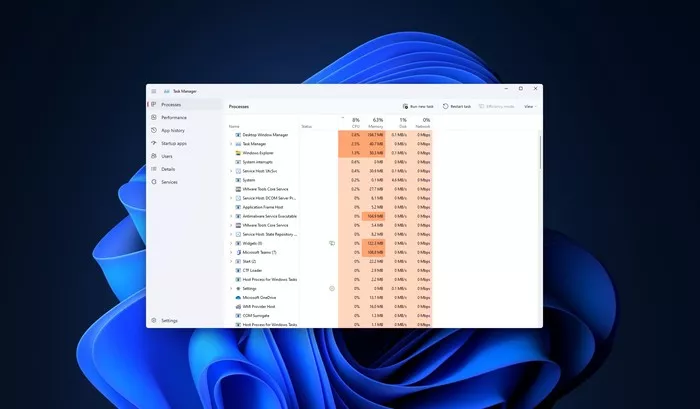
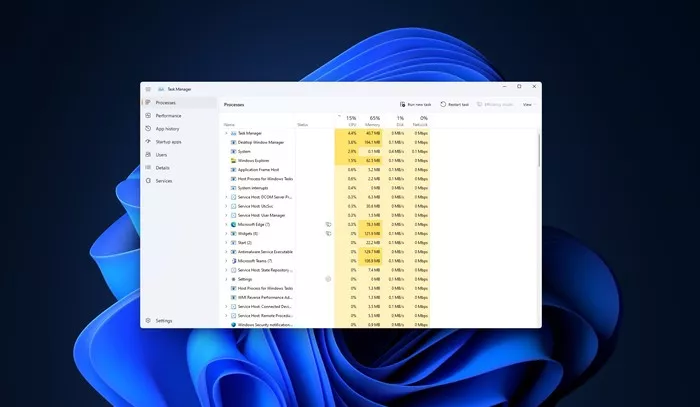
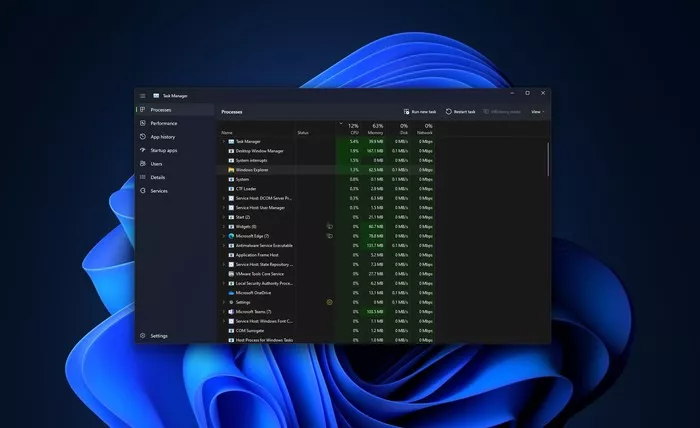
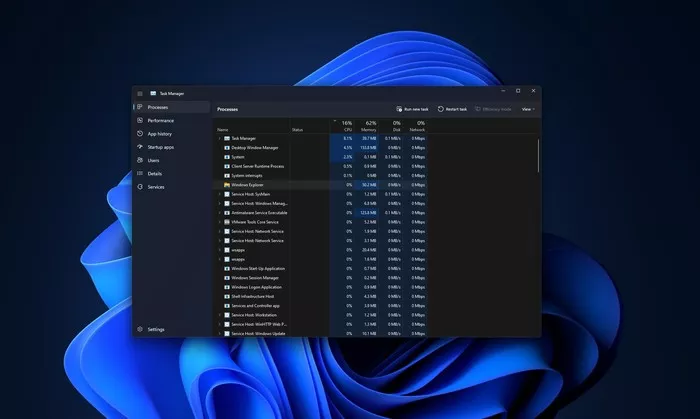
Another obvious change in the new task manager is the new settings page, which can be used to switch between dark / bright modes, or set the default login page.
In terms of icons, Microsoft decided to replace the pause icon with the pause icon to reduce confusion.
Task manager improves UI response speed and adds a new function called "efficiency mode", which can reduce CPU resource consumption for specific processes.

Microsoft said that when using windows, you often see that a specific process or application uses a lot of resources (CPU). In the past, there was always only one choice, that is to terminate it through the task manager; Now, you can use efficiency mode, which can not only control CPU resources, but also improve UI response speed.
It is understood that the new task manager can only use the efficiency mode in CPU intensive processes to reduce resource consumption, but Microsoft is also exploring the support of this mode for memory and network intensive processes, which may be implemented in future versions.